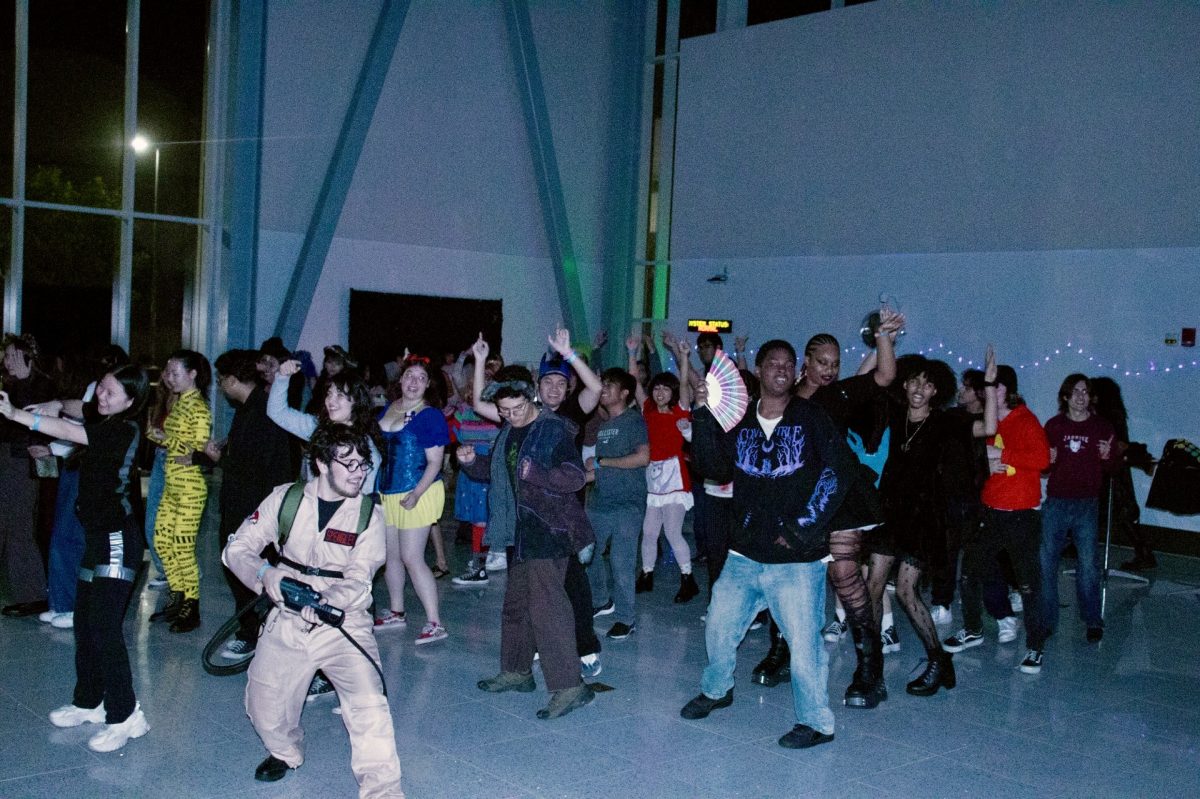Art history professor Lisa Boutin-Vitela invited students and staff to sit in on her lecture about women in history,more specifically on women in renaissance art, on Thursday, March 24.
She began the lecture by speaking about the different stereotypes in the professional world.
First, she googled images of doctors, which resulted in a page full of white male physicians.
The next search she did was nurses, which resulted in the opposite a page full of female nurses.
She did this to illustrate in modern times what genders we expect to fill specific occupations.
Five hundred years ago, during the renaissance period, those skilled in different fields were men. They were referred to as a renaissance man.
“I’m going to be showing some examples of women who were able to get out of the constraints and become artist and be successful at it,” said Dr, Boutin-Vitela.
The arts were primarily dominated by men, so women who were knowledgeable of art, were thought of as marvels in nature.
Vitela focused on three female artist specifically: Sofonisba Anguissola, Lavinia Fontana and Artemisia Gentileschi.
Even as successful artists they experienced discrimination and were taken advantage of because of their gender.
“The importance of this is seeing how women, or people who have been excluded from anything, were able to overcome such obstacles,” she said.
Their works were expected to be still life, self portraits or religious figures.
It also helped to be from a family of wealth or artists.
Even so, female artist received less recognition than male artists.
The women feared being treated differently and their works would often be devalued, or even stolen and repainted by male artist.
Even the work of today’s female artists is often worth less and receives less recognition than the male counterparts’ work.
“[The lecture] was very enlightening,” said art student Yesenia Chaidez, “ It brings light and attention to modern society now and how there’s still some types of demeaning effect on women.”
The lecture showed the importance of past women’s struggle and how it paved the way for women in today’s society.










